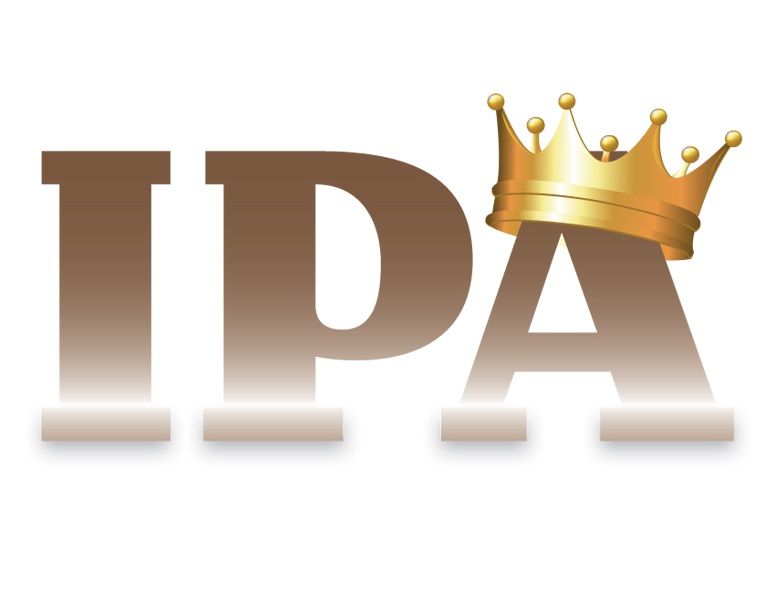Start 14-Day Trial Subscription
*No credit card required

IPA: The King of Craft Beer
Potent, aromatic, good-looking and an acquired taste, the American IPA has become the martini of beer. It’s a sure sign of true beerhood and sophistication to be drinking one – and can be a little daring.
A freshly bottled or brewed American IPA can buzz you with rich aromas, bracing hop bitterness and flavors anchored by malt goodness, plus a strong alcohol kick. Like the craze of habanero peppers and even hotter ghost peppers working their way into the mainstreams of American food, bitterness in an IPA can be an experience whose pleasure lies in the intensity it brings. If it’s a Double IPA, another stateside invention, there’s even more hops, malt and alcohol.
As the American IPA has evolved since the first Liberty Ale from Anchor Brewing Company in 1972, it has turned the classic English version on its frothy head. Instead of rich malt and alcohol tempered by extra hop bitterness, the American version celebrates the Pacific Northwest’s citrusy, piney, floral hops while the malt plays a more secondary role. In some IPAs the malt is there to allow as much hopping as possible. In addition to Amarillo and Mosaic, the names of the ground-breaking “C hops” have become buzz words: Cascade, Centennial, Chinook, Citra and Columbus.
There’s a school of thought about why people eat pain-inducing hot peppers, but none yet on the attraction to high bitterness in beers such as West Coast-style IPAs. For most American IPAs, a drinker cannot get the intense aromas, where taste begins, and the array of hop flavors in the beer without the accompanying bitterness. And, the interplay of bitter and malt sets up a classic taste bud tango. Like eating peppers, it can become a matter of competitive pride – how much bitterness can a drinker sustain and still claim taste and appreciation? How much bitterness and strata of flavor can a brewer introduce?
The myth is that the India Pale Ale first shipped from England to the troops serving on the subcontinent had extra hops, which are antibacterial, to preserve it over the long voyage. An increased alcohol level from a higher gravity at brewing and timing shipments so the voyage served as part of an aging process probably did as much to preserve the beer. Craft brewers in the U.S. recommend drinking their IPAs within 90 days of bottling for best results. After that, the hopping turns stale.
The IPA style is well suited to weaving the wort – sugar-laden water derived from mashed malt – together with hops at different stages of the brewing process and then fermentation. Methods now include wet hopping, which employs just harvested cones that can produce a more mellow taste compared to dried hops. Sierra Nevada Brewing Company has recently introduced distilled hop oil in its new Hop Hunter IPA.
The flexibility of the American IPA style is one of its best calling cards. It can be brewed in a lower alcohol format – Session IPA. There’s the ultra-hoppy West Coast style, an East Coast style (hoppy but more approachable) and a New England style (hop-forward and often unfiltered). The style can also be adapted to different types of malt or yeast. Judging categories now exist for Black, Brown, Red, White, Rye and Belgian IPAs.
But the American IPA made with predominantly Pale or Two-Row barley malt remains king with the evolutionary Double the crown prince. Quite a few of the largest U.S. craft brewers on the Brewers Association’s Top 50 list have made the American IPA or Double their flagship brew. The BA says 21 percent of sales among its independent brewers are IPAs.
When it comes to much sought after versions, there’s Heady Topper, a Double from The Alchemist in Vermont, and California’s Pliny the Elder, the original Double IPA first brewed by Russian River Brewing Company in 1994. A beer-seeking frenzy erupts each February around Hopslam, an easy-drinking Double from Bell’s Brewery produced in limited quantities. Some IPAs, like the award-winning Hop Drop N’ Roll made by NoDa Brewing Company in Charlotte, are also scarce and richly distinctive but less heralded.
These days, there’s no problem finding a good American IPA in any beer store. The style is also brewed in many of the world’s beer-loving countries – a bookend to the original English version’s status as the first global beer.
And, for the record, make mine a Double!



